Travel Information Istria
Soon you will go on holiday to Croatia. We are happy to send you well prepared on your way, which is why we have listed some useful information for you. We wish you a nice holiday. Dobrodošli u istru!
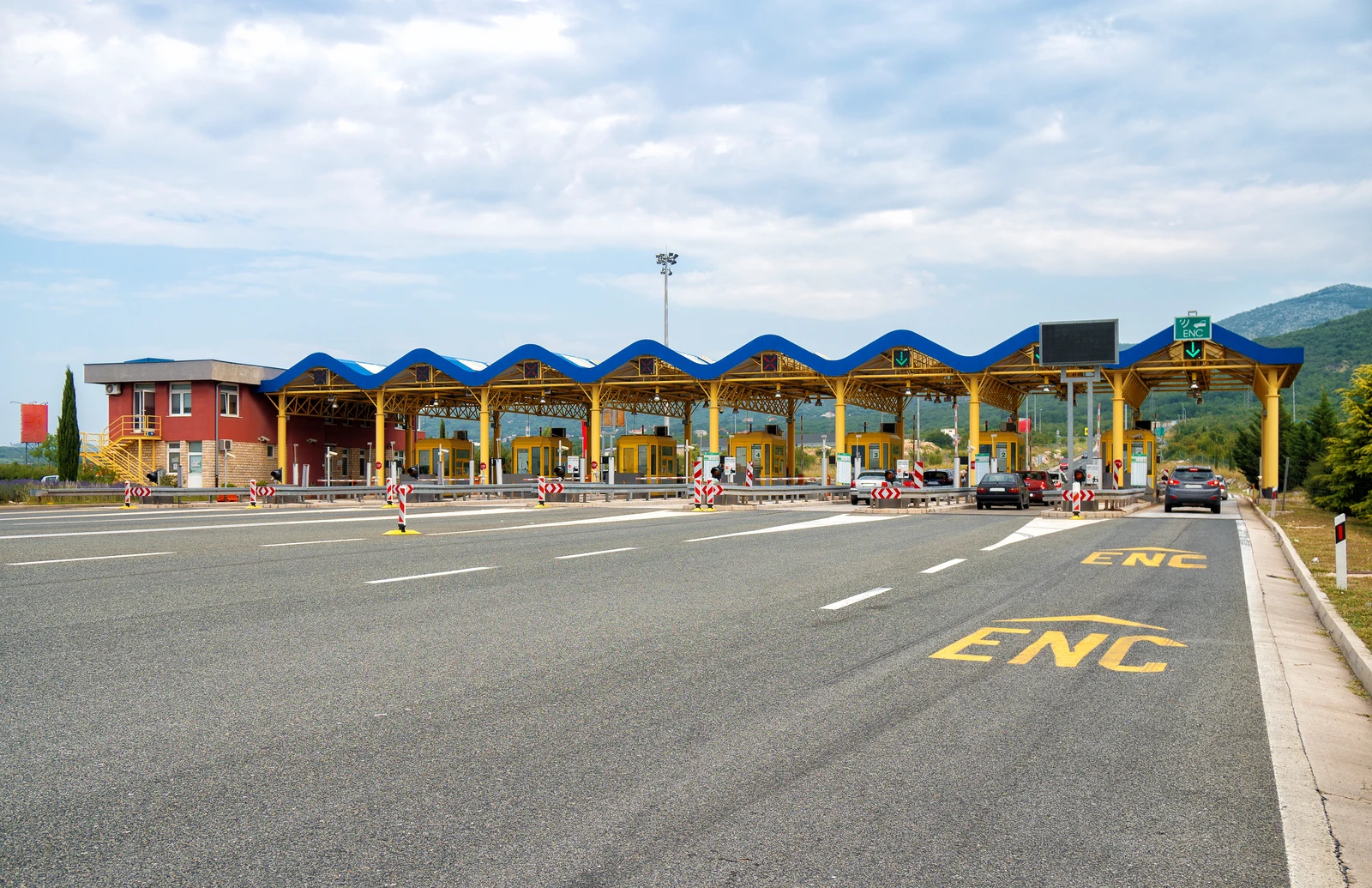
Toll, environmental badge, refueling
In Croatia, almost all motorways are toll roads. You can pay tolls (cestarina) in euros, by credit card, or with a toll badge. These toll badges (ENC) are available at the toll stations. With the toll badge, you get about 20% discount on the toll rates and you don't have to wait in case of crowds. On the motorway near Zagreb and the A7 between Rijeka and Krk you pay no toll. You can calculate tolls here: https://www.putovnica.net/en/transport/tolls.
There are no environmental zones in Croatia (yet). So you don't need an environmental sticker.
The speed limit on motorways is 130 km/h and on motorways 100 km/h. Outside built-up areas, this is 90 km/h, within built-up areas 50 km/h.
The police can impose a fine in the event of a traffic violation, but you are not obliged to pay it on the spot. You must pay within 8 days.
It is mandatory to have a warning triangle, a safety vest, and a first-aid kit in the car. Depending on the type of lighting or tyres of your car, you should also have spare lamps and a spare tyre in the car. If you are travelling with a trailer or caravan, you must bring two warning triangles.
In the mountains, rising traffic takes precedence over falling traffic.
More information about traffic rules can be found here:
Road traffic | Information Istra-Istria
There are about 700 charging points in Croatia and the network is not yet covered. Driving an electric vehicle in Croatia requires some planning in advance.
Petrol stations along the (toll) motorways and large cities are often open day and night. Other petrol stations are usually open from 07.00-20.00 (longer in summer). Euro 95 E5 (Eurosuper 95, Bez Dovni Benzin, bezolovni benzin) is readily available. Bezolovni means lead-free.
In order to avoid inconveniences, fines or even penalties, it is also worth reading the travel information from the Federal Foreign Office!
Border controls
Due to the increased border controls, there may be longer waiting times at the border crossings. Please have all identification documents ready to hand.
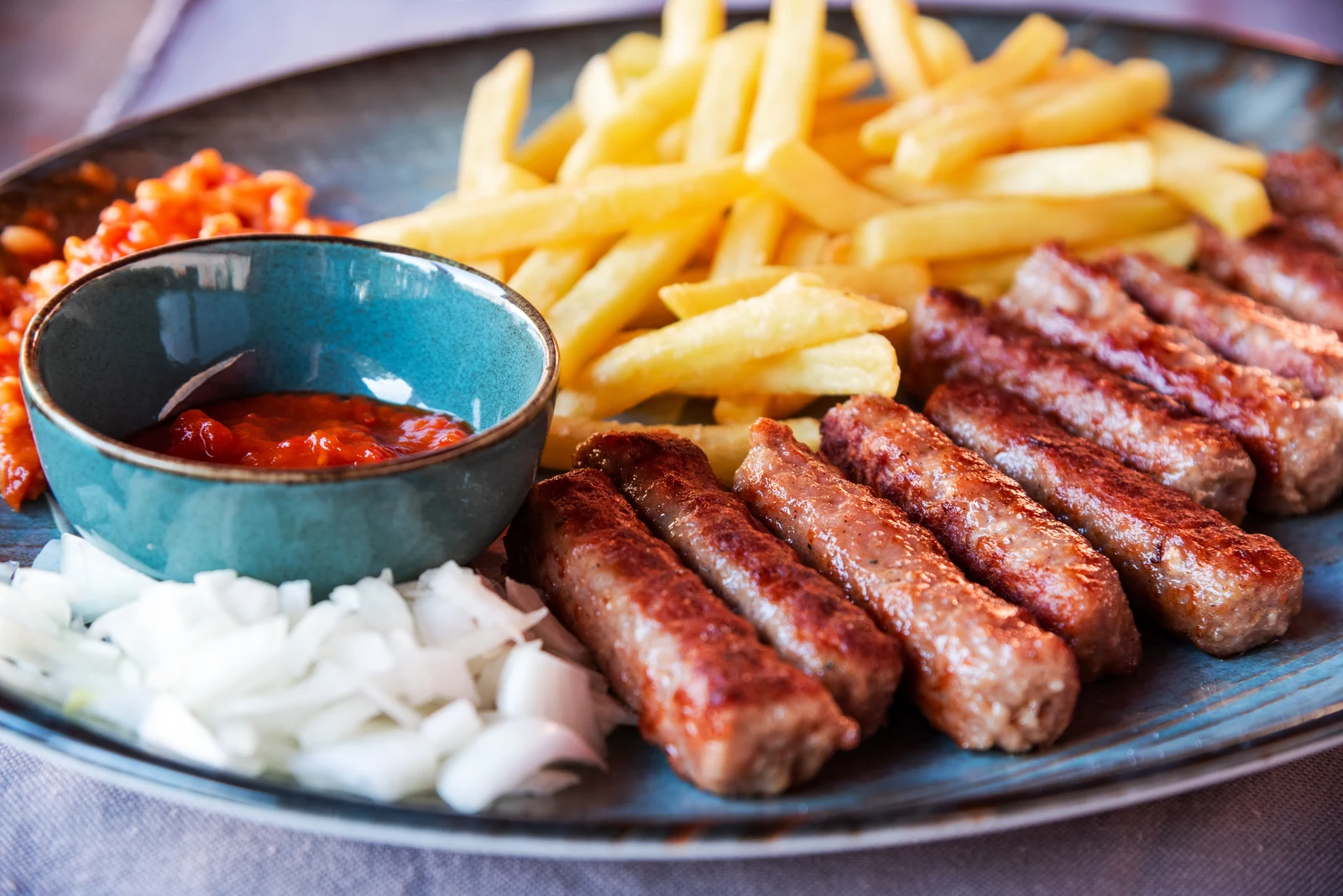
Shopping and eating out
Tap water in Croatia is safe to drink, but if you prefer to drink bottled water, it can be bought everywhere.
Lunch is the most important meal and is consumed between 10 a.m. and 15 p.m. Restaurants generally serve lunch between 12 and 14. Lunch consists of several courses. Dinner usually consists of a light, simple meal. In large cities and in summer, it is normal for dinner to be served until 23:30. If you go out for dinner at the campsite, you can often go early.
You can eat out in Croatia in a restoran, a gostionica or konoba, in a pizzaria or in a bistro. The simplest is the bistros and pizzerias, where you can go for a cheap, nutritious, and usually fine meal. Gostionica and konobas are simple taverns serving mostly local dishes. Restorans are the most luxurious eateries and the prices are also the highest here.
The operating fee is usually included in the price. You often have to pay separately for bread. However, it is common to tip in bars and restaurants, hotels, and taxis, and to guides on guided excursions.
In the areas along the coast, Italian and Greek influences are noticeable. Istria in particular is very Italian-oriented, so pizza and pasta are easily available.
Well-known supermarkets are Konzum, Plodine, Mercator, and Kaufland, but in Croatia, you will also find the Lidl and the Spar. Supermarkets are usually open from 07:00 to 22:00. In addition to fruit and vegetables, markets in Croatia often sell cheese, sausage, bread, and drinks.
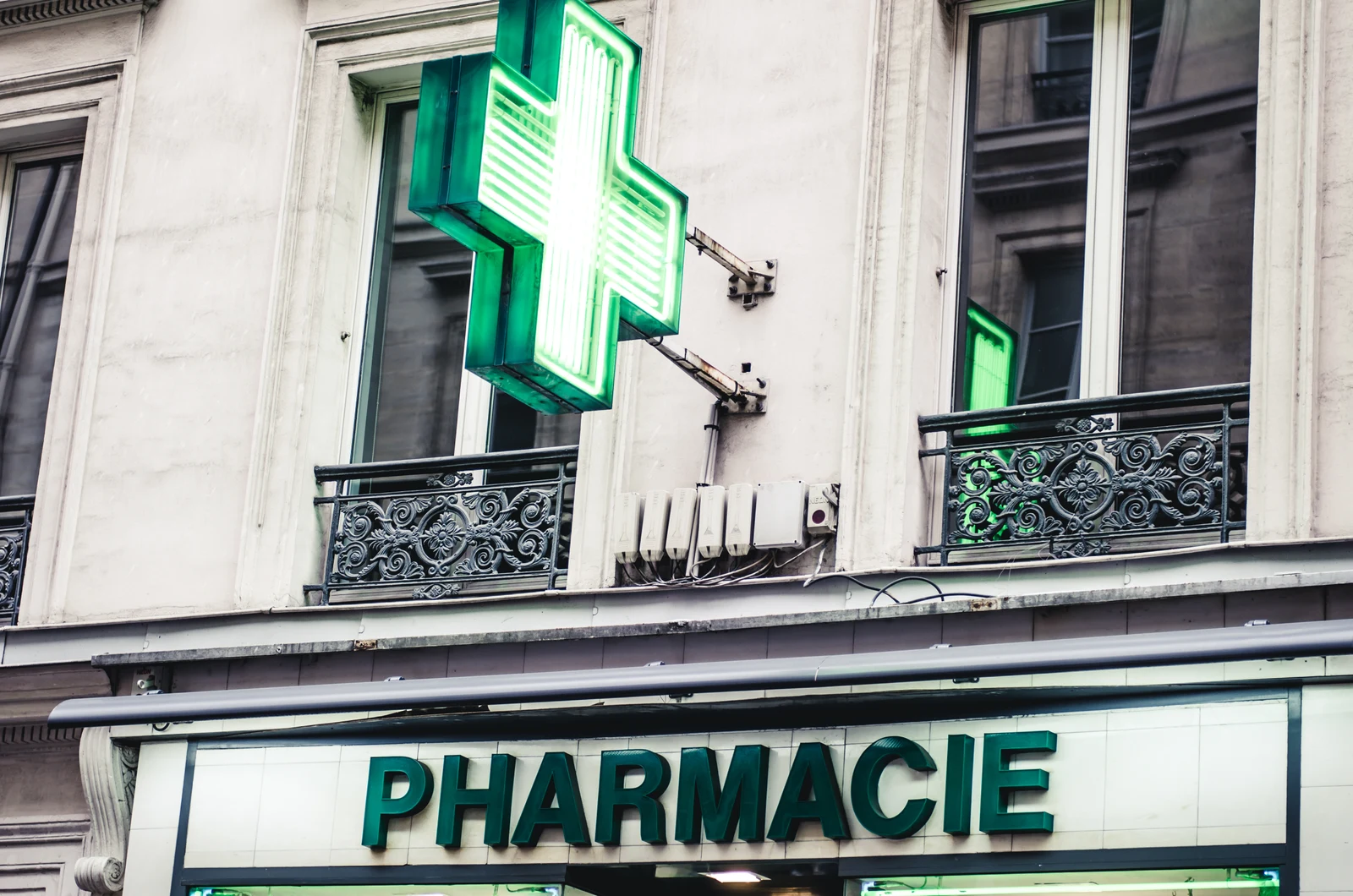
Carefree holiday
Croatian health care is of good quality. Medical assistance is guaranteed for everyone and is provided in hospitals and clinics in larger towns. For minor ailments, you can seek advice from chemists. However, the language barrier can cause problems here. In any case, take your necessary medicines with you in sufficient quantity. You can recognize this by the green cross.
The European Health Insurance Card (EHIC) entitles you to necessary medical care in the event of illness or accident during a temporary stay in Croatia. It is then not necessary to advance healthcare costs yourself. The personal EHIC can be found on the back of the health insurance card of your health insurer or in their app.
In case of hospitalization or when specialist medical care is needed, it is best to contact your insurance company directly.
Travelers are not required to show a COVID-19 vaccine certificate, proof of a negative test, or a certificate of recovery to enter Croatia.
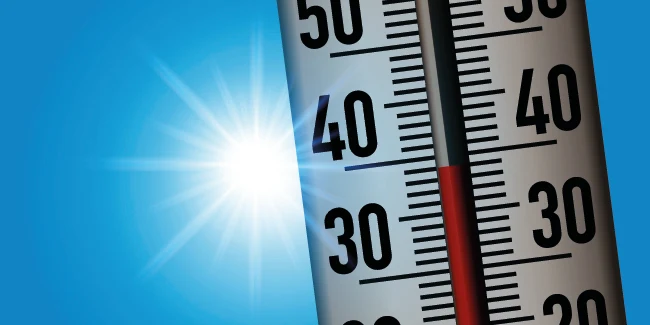
Weather in Istria
The Istrian peninsula is located in northwestern Croatia, between the Gulf of Trieste and the Kvarner Gulf. The Mediterranean climate and the many hours of sunshine make Istria an ideal holiday destination. And a number of different winds in Istria determine the further weather, namely the "jugo", a warm south wind that brings rain, the "bura", which brings clear weather and the "maestral", which brings refreshment from the sea in the summer months.
In the summer months, it is fine to stay in Istria. It is then mostly warm and sunny on the peninsula. It is not for nothing that you see many campsites here. The outdoors is fine in Istria in the summer season. The months of July and August in particular are pleasantly warm, with afternoon temperatures averaging between 25 and 30 degrees. There are periods every summer in which the mercury rises well above 30 degrees. In combination with a fairly high relative humidity, it can feel quite hot in such a case. On the coast, the heat is often somewhat tempered.
- The coastal areas of Croatia are influenced by the Adriatic Sea and here there is a Mediterranean climate with warm, dry summers.
- For a sun holiday, the summer months along the Croatian coast are ideal. The temperatures are pleasant with average maximum temperatures around 28°, the sun shines a lot and it rains little.
Besides the well-known apps for weather and climate (Weather Forecast, Daily Weather), DHMZ provides extensive weather info (in English).
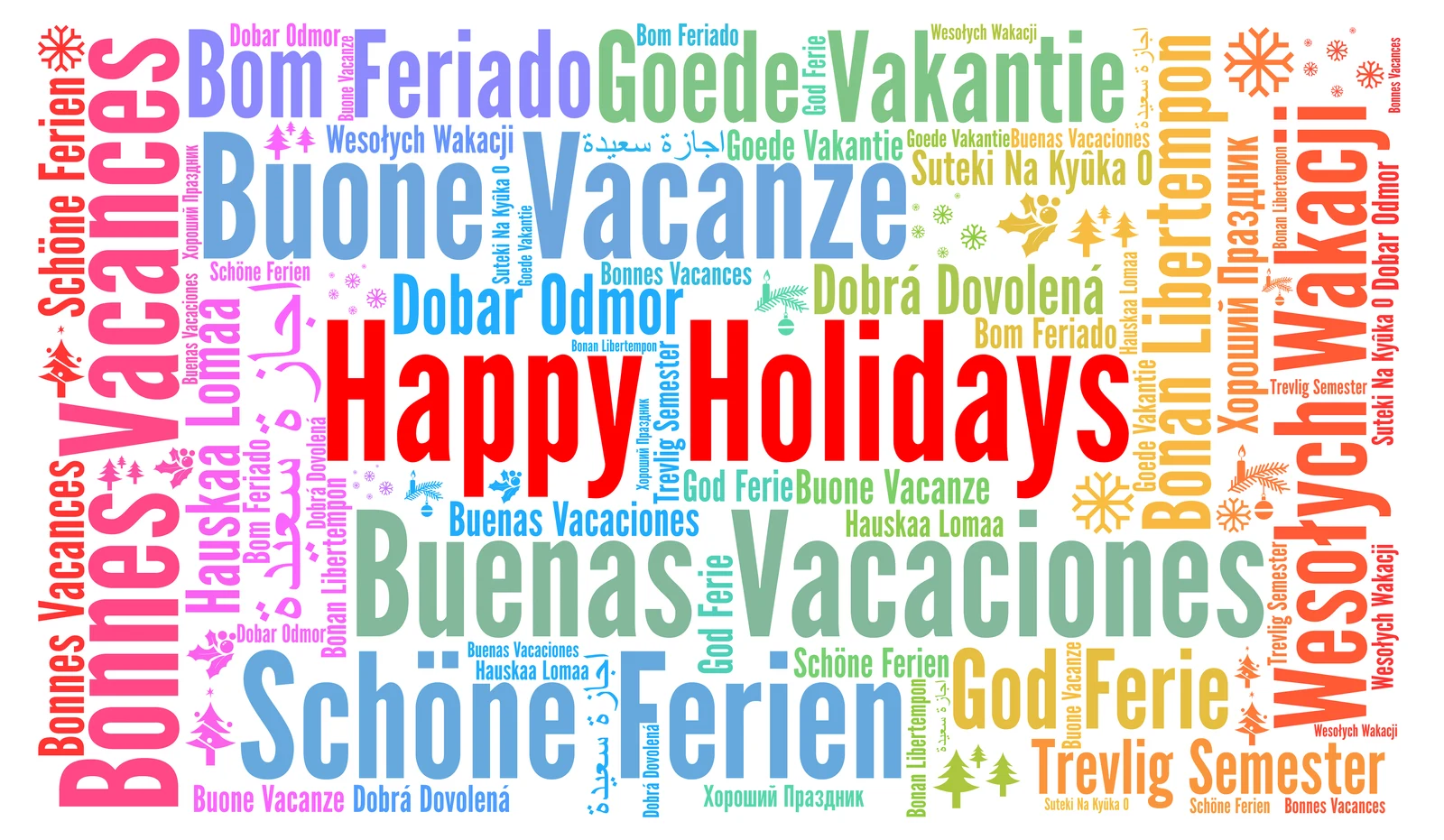
Dobar odmor!
Deepl and Google Translate of course get you a long way, but it is also nice to know some phrases. We will help you get started:
| Yes/No | Da/Ne |
| OK | U redu |
| Hello | Zdravo, bog |
| Good day | Dobar dan |
| Good evening | Dobro večer |
| See you later | Doviđena - zbogom |
| Please | Molim |
| Thank you | Hvala |
| I don't understand | Ja ne razumijem |
| I don't speak Croatian | Ne govorim Hrvatski |
| Does anyone speak English? | Govori li netko Engleski? |
| Nice to meet you | Drago mi je |
| Nothing to thank | Nema na čemu |
| Excuse me | Oprostite |
| How are you doing? | Kako si ? |
| Well, thanks | Dobro, hvala ! |
| And you? | A ti/a vi ? |
| Sorry | Izvinite |
| Agreement | Dobro |
| Where is...? | Gdje ... ? |
| I am lost | Ja sam zalutao |
| Left | Lijevo |
| Right | Desno |
| Straight ahead | Ravno |
| What time is it? | Koliko je sati ? |
| How much does that cost? | Koliko to košta ? |
| What is your name? | Kako se zoves/zovete ? |
| My name is | Zovem se … |
| Have fun | Puno radost |
| The menu, please | Molim vas jelovnik |
| I take... (chicken) | Ja ću... (kokoš) |
| Enjoy your meal | Dobar tek |
| Can I have the bill? | Mogu li dobiti račun ? |
| Starters | Predjela |
| Side dishes | Dodatci jelima |
| Entrees | Glana jela |
| Dessert | Dezert |
In Croatia, just like in Ireland, you pay with the euro. This has been legal tender since 1 January 2023. The price level is generally slightly lower than that in Ireland. You can pay almost anywhere with your regular debit card or with a credit card. There are many ATMs in Croatia. Please note: withdrawing money with a credit card is usually not free.

Good to know
- When going on holiday to Croatia, you must have a valid passport.
- In Croatia, there are two associated plug types, types C and F. Plug type C is the plug that has two round pins and plug type F is the plug that has two round pins with two earth clips on the side. Croatia operates on a 230V supply voltage and 50Hz. If you forget to bring an adapter, you can buy a new one in most shops carrying electronic or IT equipment, while in tourist destinations they are often available in well-stocked newsstands.Important public holidays in Croatia for 2025
New Year's Day
Nova godina
Jan 1
Holy Three Kings
Holy Trinity Jan
Easter Monday
Uskrsni ponedjeljak
April 21
Labor Day
Praznik rada
May 1
National holiday
Dan državnosti
May 30
Corpus Christi Corpus Christi, Tijelovo
June 19
Day of Antifascist Resistance
And anti-fascist riots
June 22
Day of Victory and Homeland Gratitude
Then you can do it in domestic terms
Aug 5
Assumption Day
Dan Velike Gospe
Aug 15
All Saints Day
Dan Svih svetih Nov 1
Memorial Day for the Victims of the Homeland War
Dan sjećanja na žrtve Domovinskog rata
Nov 18
Christmas
Božić
Dec 25
St. Stephen's Day
Stjepana
Dec 26
- Croatia is a dog-friendly country, but not all dogs are allowed. Pitbulls not listed in the register of the International Organisation of Dogidae (https://fci.be/en), or crossbreeds of pit bulls, are not allowed. You will need an EU pet passport for your dog or cat, available from your vet. Dogs and cats must be vaccinated against rabies (rabies) at least 21 days before travelling. The compulsory chip must be inserted before the anti-rabies vaccination (can be done on the same day). More information can be found here. As this vaccination may only be given from 12 weeks of age, puppies or kittens younger than 15 weeks may not be taken to Croatia. A leash obligation applies almost everywhere in Croatia.
- Ireland is 1 hour behind Croatia.
- Are you travelling alone with a minor child, for example, because you are divorced? Or are you taking a friend of your child with you? Then you must be able to prove that you have permission from the parent(s). This can be done with a permission statement.
- Put a contact's phone number in case of emergency as an ICE (In Case of Emergency) number in your phone.
Tip: Before departure, photograph your passport/ID, insurance card, bank card, emergency numbers, and other important items. Mail or app them to yourself or other travel companions, so you can still have important details to hand in case of loss or theft.
10 tourist excursions in Istria
Pula

Croatia has many Roman remains, for example in Pula, the largest city in Istria. Pula is popular with tourists because there are many nice sights. Such as the famous amphitheater from the first century AD, one of the largest Roman amphitheaters in the world. Also check out the accompanying museum full of historical objects. Then stroll through the narrow streets in the old town while enjoying an ice cream.
Aquapark Istralandia

This popular water park, located between Umag and Novigrad, is the perfect place for an adventurous day out with the whole family during a holiday in Istria. With its many slides and swimming pools, Istralandia offers excitement, fun, and entertainment for both young and old. Check opening times.
Poreč

The ancient Roman city of Poreč is perhaps the most touristic town in Istria. The old Roman streets can still be found in the center. With its many restaurants, nice squares, baroque buildings and a basilica on the UNESCO World Heritage List, Poreč is definitely worth a visit.
Motovun

The medieval fortified town of Motovun sits atop a hill, surrounded by vineyards and olive groves. Stroll through the alleys with nice shops, bars and restaurants, or enjoy the great view of the surroundings from a terrace. There is a walking path over the old city walls. Then drive on to the town of Grožnjan, a cozy artists' village, also on a hill.
Aquacolors

Another large water park in Istria: Aquacolors. This aquatic park is located near Porec and is the largest in Croatia. Aquacolors has many large slides and is particularly suitable for older children. Check their website for opening times.
Rovinj

Rovinj is the most colorful town in Istria. The old town is a maze of winding streets, cute vistas, and colored facades. At the highest point of Rovinj stands the Church of St. Euphemia, built in 1736, and the largest Baroque building in Istria. There are nice shops everywhere, and at the harbour, you have a nice view over the bobbing boats from one of the many terraces.
Brijuni Islands

The Brijuni Islands is a group of 14 large and small islands. They have been a national park since 1983 and stretch along the southern coast of Istria. They are separated from the mainland by the Fažana Canal. You can reach the islands in 15 minutes by boat from the town of Fažana, just above Pula, On the Brijuni Islands there is a zoo, among other things.
Kamenjak

Kamenjak, the southernmost tip of the Premantura peninsula is a beautiful national park about 15 km from Pula. Here you will find many cliffs, bays and hidden beaches. Furthermore, of course, beautiful nature for walking and you can view dinosaur tracks here! Fun to do: rock jumping in the sea. The entrance to the park is in the nice village of Premantura.
Baredine Cave

The Jama Baredine (cave of Baredine) is located about 15km from Porec. A nice trip on a hot day, because the temperature in the stalactite cave is about 14 degrees! A tour of the cave takes 40 minutes and you descend to about 60 meters. Once outside there is another playground and a botanical garden to view.
Day trip to Venice

From Istria you can take a day trip to the beautiful Italian city of Venice. Please note that the boat or catamaran takes about 3 hours one way. You can leave in Porec, Umag, Rovinj or Pula.
Disclaimer: The information on this page has been carefully compiled. However, we accept no liability for incorrect or incomplete information. The links to other websites we use are for information purposes only. These websites are not maintained, controlled or approved by us. You are responsible for ensuring that you have the correct (border) documents for your holiday. We recommend that you check with the relevant authorities for the latest information shortly before your holiday.
